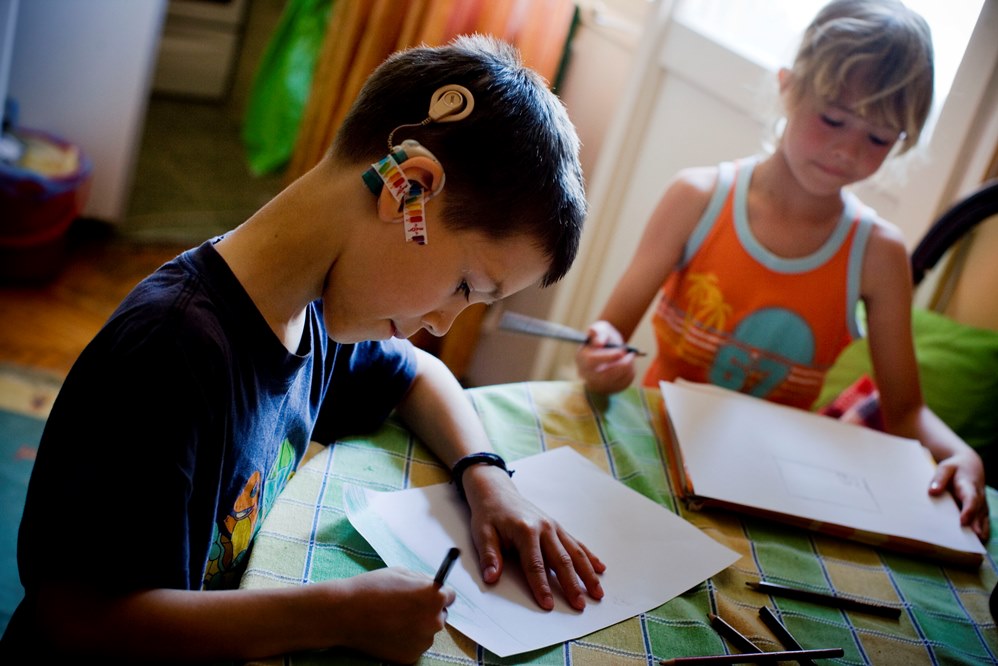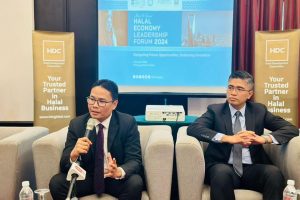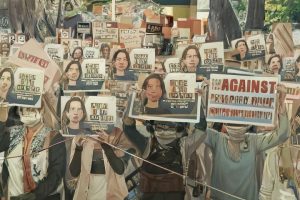Technology has shaped the way people live. Information and communications technologies have impacted and greatly contributed to enhance people’s daily lives. However, not all people have access to technology.
With an estimated one billion people worldwide living with a disability, and 80% of them living in developing countries, access to technology is key to help realise the full and equal participation of persons with disabilities. Around 15 per cent of the world’s population live with some form of disability, out of which 50 per cent of them cannot afford health care and majority have generally poorer health, lower education achievements, fewer economic opportunities and higher rates of poverty than people without disabilities.
“Through adaptive, assistive and inclusive technology, persons with disabilities can make the most of their potential in their communities and in the workplace,” said UN Secretary-General Ban Ki-moon on International Day of Persons with Disabilities
Observing the Day.
December 3 is International Day of Persons with Disabilities, a day when the talents, contributions and abilities of people with disabilities are celebrated globally. Under the theme of ‘Sustainable Development: The Promise of Technology’, the day aims to encourage access to technology and promote greater understanding of the rights of persons with disabilities and to mobilize support for building a more inclusive society.
The UN Chief also emphasized how employers can harness technology to create environments for persons with disabilities to find productive work and fully use their skills and capacities. “Technology can also help persons with disabilities caught up in natural disasters by making sure that critical information reaches them,” Mr. Ban added.
The UN defines disability as a condition or function judged to be significantly impaired relative to the usual standard of an individual of their group. The term is often used to refer to individual functioning, including physical impairment, sensory impairment, cognitive impairment, intellectual impairment, mental illness, and various types of chronic disease.
More than 100 million disabled persons are children and children with disabilities are almost four times more likely to experience violence than non-disabled children.
People with disabilities are also at higher risk of violence include stigma, discrimination, and ignorance about disability, as well as a lack of social support for those who care for them.
Evidence shows that when barriers to their inclusion are removed and persons with disabilities are empowered to participate fully in societal life, their entire community benefits. Barriers faced by persons with disabilities are, therefore, a detriment to society as a whole, and accessibility is necessary to achieve progress and development for all.
The United Nations Convention on the Rights of Persons with Disabilities (CRPD) – signed by 159 Member States and adopted by the General Assembly in 2006– recognizes that the existence of barriers constitutes a central component of disability.
Under the Convention, disability is an evolving concept that “results from the interaction between persons with impairments and attitudinal and environmental barriers that hinder their full and effective participation in society on an equal basis with others.”
How Technology is transforming the lives of children with disabilities?
All children have a right to education, but not all children can access the learning materials required. Kartik and other people with disabilities, use the term ‘book famine’ because many books, including text books, are not available in accessible formats.
UNICEF is developing a new, innovative mechanism to overcome the barriers children with disabilities face in accessing learning materials to transform the way textbooks are published and used by all children and teachers. The initiative is based on the universal design of textbooks and uses digital formats: sign language for hearing impaired learners, simplified language for learners with intellectual disabilities, and audio for learners with vision impairments.
World’s first solar-powered hearing aid charger
For the many millions of African people with hearing impairments, access to and the affordability of batteries is an ongoing barrier. In Zimbabwe, it costs about US$4 a month to power a hearing aid and for many that price is not sustainably affordable. In such circumstances, Tendekayi Katsiga and Deaftronics company utilized technology to change the lives of hearing-impaired people in Africa by creating the world’s first solar-powered hearing aid charger. This low cost device is reaching many children with disabilities and about 10,000 units have been distributed throughout Africa.
“The technology we have developed is simple, but the application is changing lives,” Katsiga said in a video for UNICEF’s The State of the World’s Children 2015: Reimagine the future.
Technology help people with visual impairments learn science
For Kartik Sawhney, who has been blind since birth, the visual demands of his science studies presented a challenge. So he devised a solution: software that allowed him to hear the graphs to help study maths and science. Tapping into his passion for music, he devised a way to use musical notes to express the up and down slopes of a graph. “Through the variation in these musical notes, it tries to give you an idea of how the graph might be laid like,” he said.
Sawhney’s solution has provided him with a deep appreciation for the role technology can play in the lives and education of children with disabilities. Through his own ingenuity, Sawhney became the first blind student in India to pursue science studies in the upper secondary school grades. Sawhney is now a computer science student at Stanford. “Whatever I am today, it is all because of technology, the assistive technology I use,” he says.






